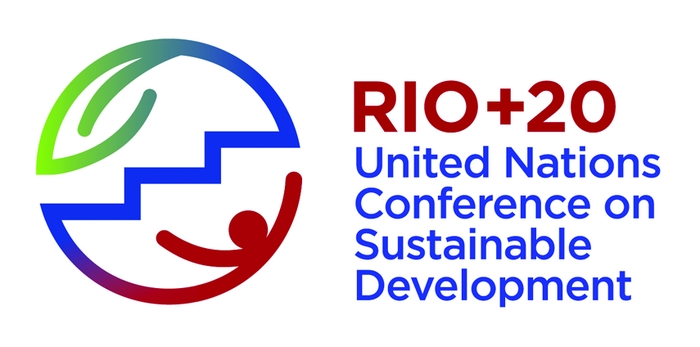Advertisement
Grab your lab coat. Let's get started
Welcome!
Welcome!
Create an account below to get 6 C&EN articles per month, receive newsletters and more - all free.
It seems this is your first time logging in online. Please enter the following information to continue.
As an ACS member you automatically get access to this site. All we need is few more details to create your reading experience.
Not you? Sign in with a different account.
Not you? Sign in with a different account.
ERROR 1
ERROR 1
ERROR 2
ERROR 2
ERROR 2
ERROR 2
ERROR 2
Password and Confirm password must match.
If you have an ACS member number, please enter it here so we can link this account to your membership. (optional)
ERROR 2
ACS values your privacy. By submitting your information, you are gaining access to C&EN and subscribing to our weekly newsletter. We use the information you provide to make your reading experience better, and we will never sell your data to third party members.
Policy
Managing Chemicals Soundly Around The World
Negotiations: U.N. sustainable development talks include provisions on industrial substances
by Cheryl Hogue
June 18, 2012
Improving the global management of industrial chemicals is one of the expected goals of an agreement that negotiators hope to finalize this week in Rio de Janeiro at the United Nations Conference on Sustainable Development.
More than 130 heads of state are expected to attend the conference, which takes place on June 20–23. U.S. President Barack Obama will not be one of those heads of state; instead, the U.S. will be represented by Secretary of State Hillary Rodham Clinton and EPA head Lisa P. Jackson. In preparation for this summit, negotiators have been working feverishly in Rio since June 11 to finish a deal to define and create a global green economy. The agreement is expected to include broad goals, including protecting the oceans and providing sustainable energy to all people.
A draft version of the agreement released by the UN contains plenty of text that hasn’t been finalized, including provisions on chemicals. Government representatives are scheduled for 12-hour negotiating sessions on June 18 and 19 to finish the document, leaving the outcome unclear.
Thus far, negotiators have provisionally settled on language that would endorse a goal for global sound management of commercial chemicals by 2020. That year would also be the worldwide target for handling hazardous waste in ways that minimize significant adverse effects on human health and the environment, according to the draft.
In the draft, governments are also aiming to strengthen a 2006 international agreement on managing chemicals. Called the Strategic Approach to International Chemicals Management (SAICM), the accord establishes a blueprint that developing countries can use to establish regulatory systems for chemicals. The International Council of Chemical Associations, an industry organization, has sought a commitment from the conference to strengthen SAICM.
“We are deeply concerned that many countries, in particular least developed countries, lack the capacity for sound management of chemicals and waste throughout their life-cycle,” the draft says. It calls for additional efforts, including international partnerships and technical assistance, to help governments better manage chemicals and wastes. Negotiators are still deciding whether those efforts should also include financial assistance, a provision that the U.S. opposes.
Also still up in the air at the talks is proposed wording that would recognize the importance of science-based risk assessments of chemicals, as opposed to the precautionary principle. The precautionary principle holds that even in the absence of scientific consensus, it is prudent to act as though a potentially harmful substance is in fact harmful. Negotiators also have not agreed to proposed text that would encourage the development of environmentally sound and safer alternatives to hazardous chemicals in products and processes. Other pending language on chemicals would back “life-cycle assessment, public information, extended producer responsibility, research and development, sustainable design, and knowledge sharing, as appropriate.”
Meanwhile, the draft document takes specific aim at one class of commercial chemicals: hydrofluorocarbons (HFCs). Introduced as alternatives to ozone-depleting chlorofluorocarbons, HFCs are used as refrigerants (C&EN, Dec. 5, 2011, page 31). HFCs don’t damage the ozone layer, but they are potent greenhouse gases. Their use is rapidly growing.
Proposed text in the draft agreement would support a ratcheting down in the global production of HFCs. However, the Group of 77, a bloc of more than 120 developing countries, has not agreed to this provision. The U.S. has proposed that reduction in HFCs take place under a 1989 treaty, the Montreal Protocol on Substances that Deplete the Ozone Layer. However, no agreement has been reached on this suggestion.



Join the conversation
Contact the reporter
Submit a Letter to the Editor for publication
Engage with us on Twitter